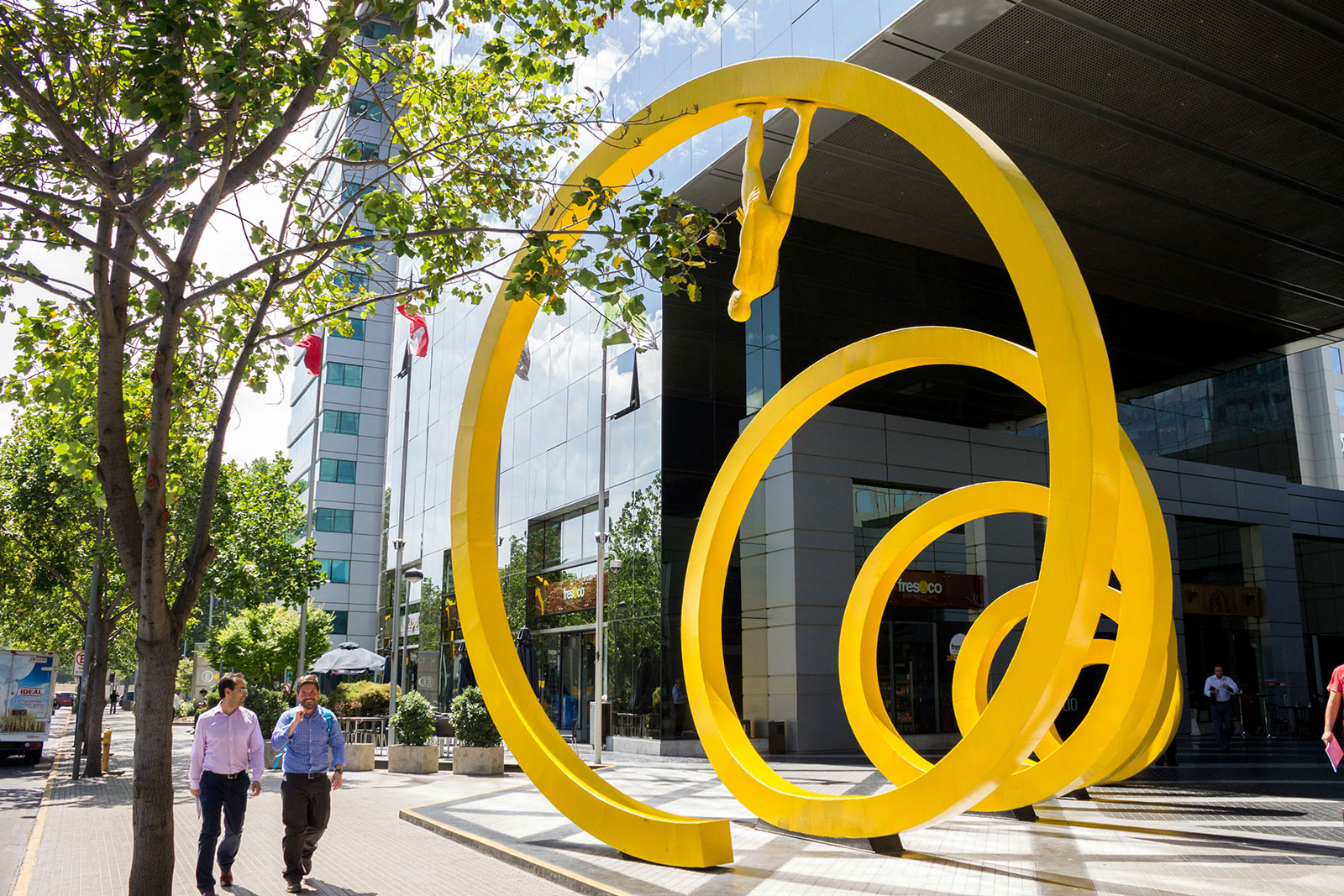A 25-30 year political cycle

By Soledad Soza
Source: https://www.academia.edu/22153397/TOP_5_RISKS_AND_OPPORTUNITIES_CHILE_2016
A 25-year political cycle in Chile
With the demise of Pinochet’s rule in the 1988 referendum, the Concertación de Partidos Por la Democracia- a center-left coalition that included Christian Democracy, Socialists, and the extreme left wing - rose to power in 1990, starting a 25-30-year political cycle marked by stability and growth. Both the entrepreneurial elite and the new political class aligned around development targets. In a new dawn, the world opened its doors to welcome new democratically-elected leaders, and they, in turn, vowed to uphold the neoliberal model implemented by Pinochet’s Chicago Boys following Milton Friedman’s guidelines. By 1990, Chilean leaders were not sitting at a crossroads; the path was certain.
The benefits of democratic rule materialized in funds, promotion of comparative advantages, and the possibility to deepen commercial transactions worldwide in an increasingly globalized market. Restoration of freedoms and prosecuting those responsible for repression went hand in hand with political pragmatism over any revisionist surge. The democratic game strengthened during a 25-30-year transition cycle and Foreign Direct Investment (FDI) flourished thanks to well-implemented legislation to respect the terms of the contract, warrant capital returns and tax exemption, and other foreign incentives to promote capital flow. When US-led NAFTA failed to include South American countries over contestation from Brazil and Argentina, Chile rushed to sign a bilateral FTA with the United States. Chile began singing FTAs with major partners such as Canada, the EU, Japan, and South Korea, among others and pioneered the regional mega-bloc in the Trans-Pacific Partnership (TTP) with the early signature of the P4 Agreement (Chile, Singapore, and New Zealand and Brunei). Chile's "rush" to sign FTAs increased governmental revenues. It gave new impetus to presidents like socialist Lagos to take local businessmen and entrepreneurs on board to visit dignitaries and promote Chilean products abroad. This helped diversify the export matrix and fulfill the entrepreneurial elite’s goals to reach development targets.
In 25-30 years, the poverty line shrank dramatically. Coverage reached historic peaks in mortality rates, life expectancy, and literacy. An increase in middle classes with access to credit, health, and education allowed for sustained internal growth. The super commodity cycle sent copper export sales soaring and sound fiscal policies allowed for growth and development, a vibrant democracy emerged and progress provided for the explosive “cognitive leap” whereby middle classes empowered. The new democratic era saw the continuation of private health, pensions, and education and the state's retreat. The advancement of a deregulated market became a concern for the new center-left leaders who reached a political consensus with the right-wing opposition and passed the 1st tax reform in democracy, shifting the model from neoliberal to market society. However, disparities in the Chilean economic model - regarding skills and income - began to increase along the 25-year cycle. Overall, the political cycle of (25-30 years) has seen Chile lead in Latin America thanks to a) steady concern over macroeconomic issues and b) pragmatism and the alignment on growth and development targets.
RISK:
In 3 generations, elite classes - entrepreneurs and politicians – have converged on macroeconomics concerns and fiscal austerity. As expected from steady growth and access to public goods, larger and empowered non-elite middle classes begin to press for inclusion at the end of a 25-30-year political cycle. Third-generation theories (Huntington 1968) point to elite classes taking up to 25-30 years to share the fruits of growth. Because of disparities, new leaders rise from the social sphere to press the State to narrow the gaps, and the establishment defends the status quo. Polarization and division usually follow and threaten to disrupt governance and stability. Institutions are challenged to show resilience and adapt to combine bottom-up pressures with top-down policies. Institutional risk and room for populist leaders.
OPPORTUNITY:
Sound policies and responsible management of fiscal revenues over 25-30 years have become an indisputable trend, especially when moderation prevails over electoral promises at the end of the super commodities cycle. Elite and non-elite classes can converge by pulling their usual pragmatism to favor inclusive growth as a key driver in governance and stability. Second-generation reforms –announced by the current center-left administration on education and tax evasion seem pertinent to advance inclusion and equal opportunity and have been endorsed by the IMF, WB, and OECD. This is a unique opportunity to transition to development using efficient public policies to satisfy stability and governance. The institutional framework will be tested by its resilience and capacity to invigorate its path for inclusive growth.
